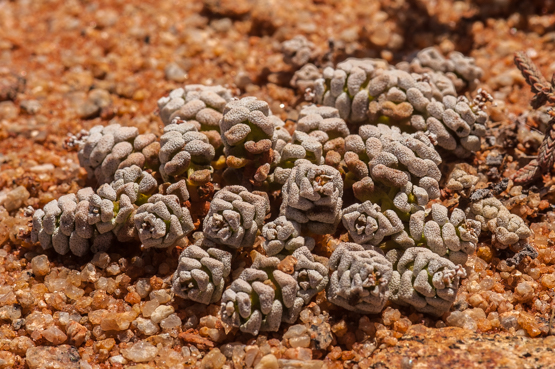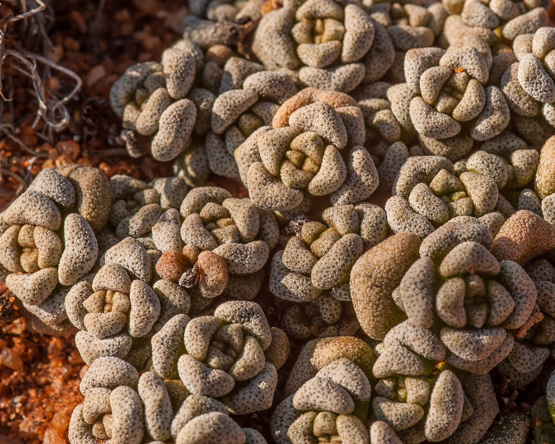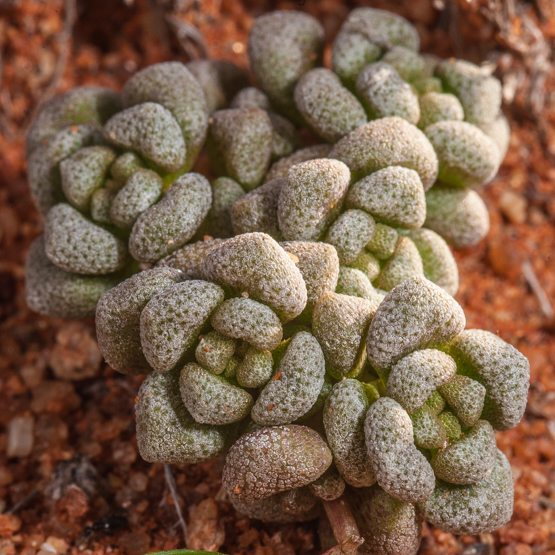The first two pictures show E. enopla
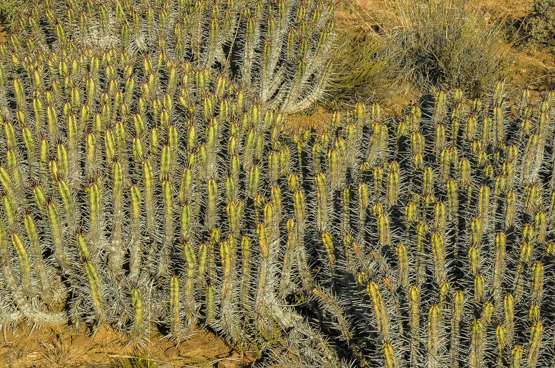
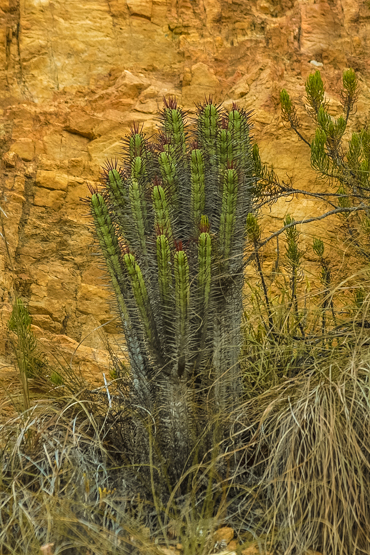


Plant in cultivation
The first two pictures show E. enopla




Plant in cultivation
Rupestris means growing on rocks, a very apt name for a species which is often common on dry stony slopes.
The plants occur widespread from near Vanrhynsdorp to the Cape Peninsula and the Eastern Cape. They form shrublets to 60 cm tall, usually with many, somewhat brittle stems.
The branches are erect or spreading, sometimes creeping, with egg- to lance- shaped leaves often with a waxy bloom. There is a great variability in the colour, size and shape of the leaves and also in the degree to which they are fused at the base.
The flowers appear over quite a long period: June-October.
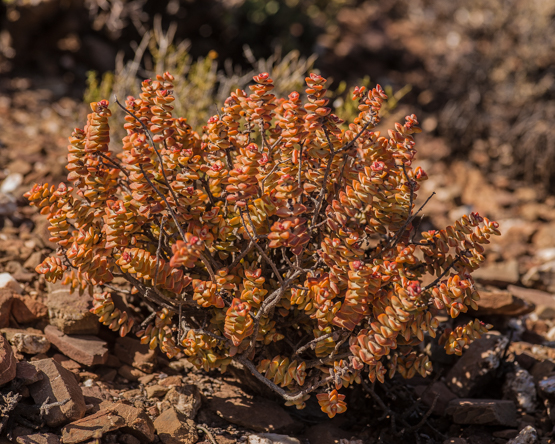

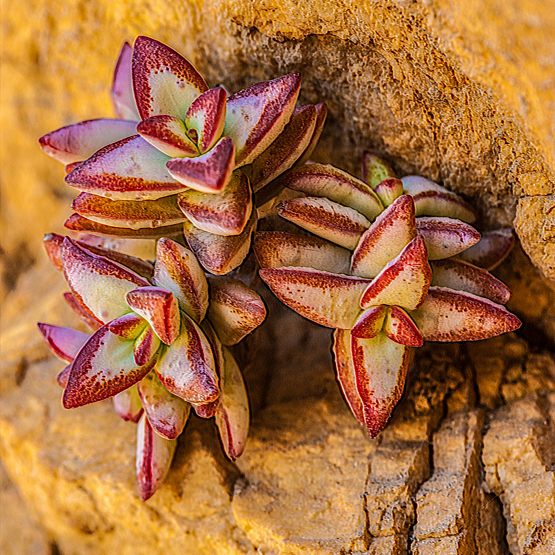

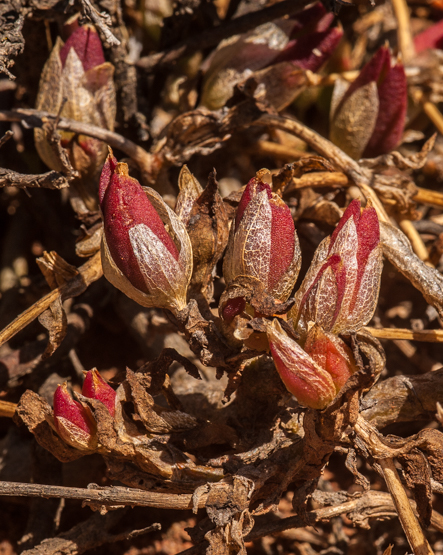
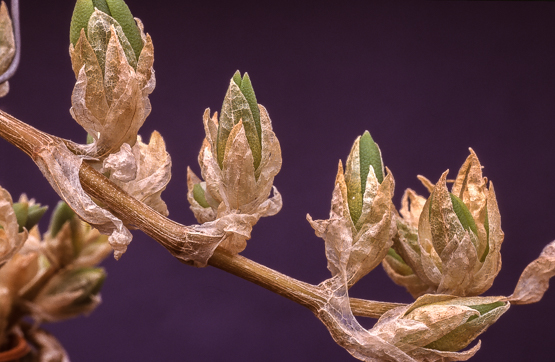
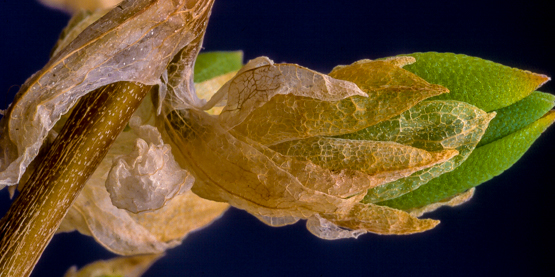

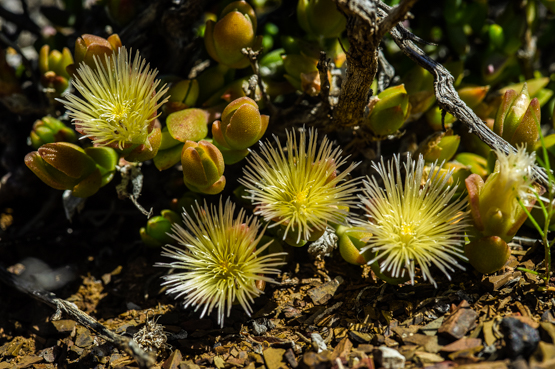
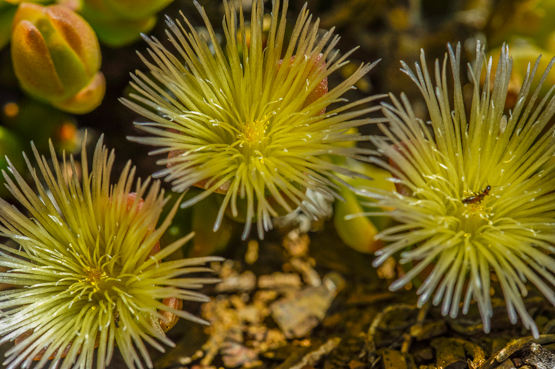
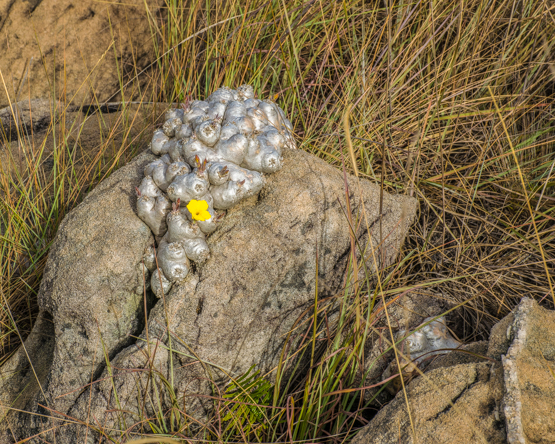
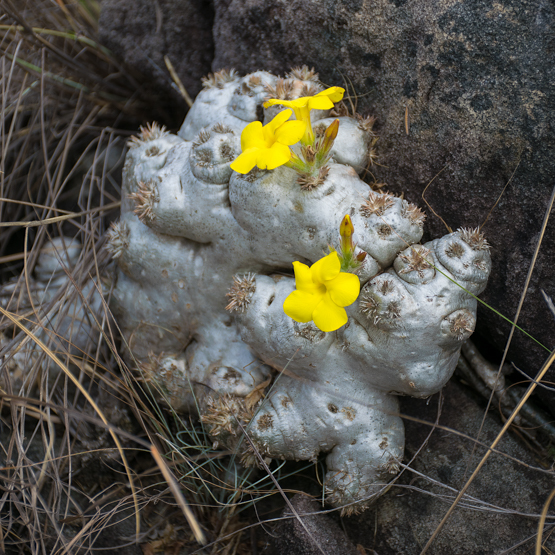
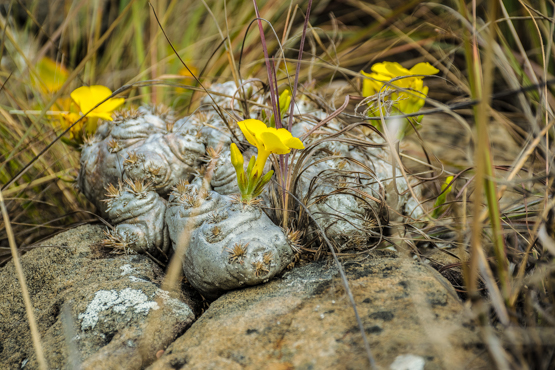
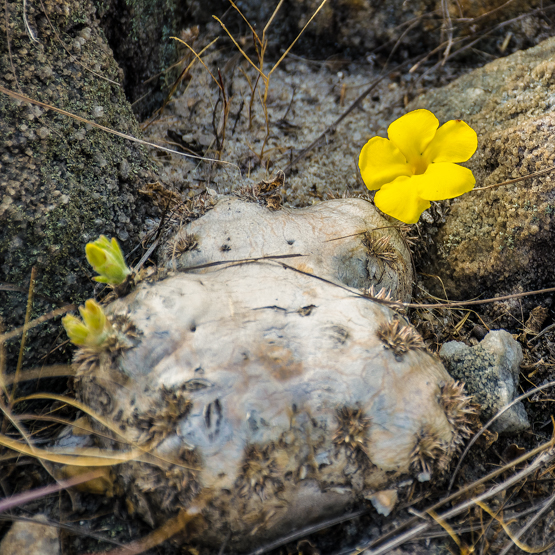
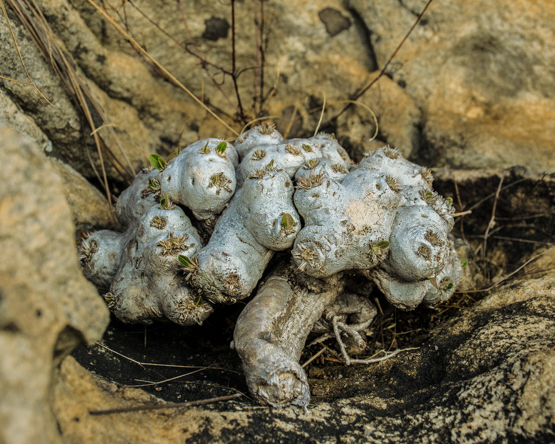
Over time, the plant produces a much-branched, flattened and irregularly shaped caudex up to 1m across and 50 cm high.
Rauh described the species as one of the most curious and remarkable succulents of Madagascar, but in one of his lighter moments also compared old plants to a pile of potatoes. The local people call the plants “wild ginger”.
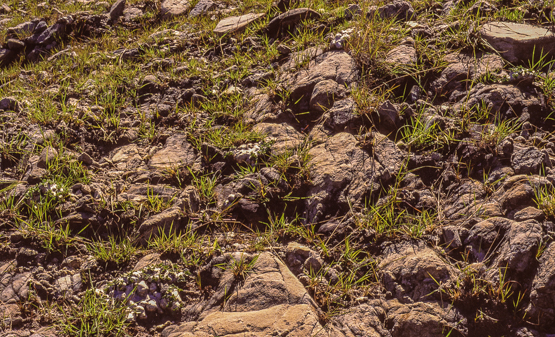
Whatever you compare them to, in the resting state, when there are no leaves or flowers, the plants look like a piece of the quartz which surrounds them in nature (see picture above).
The stems are covered with silvery-grey bark which reflects much radiation and thereby reduces transpiration. This comes in handy in a habitat where on sunny days the surface temperatures may go up to 50-60 ° C (122-140 ° F).
The inflorescences usually bear two (sometimes up to five) yellow, salverform flowers, with or without a short stalk.
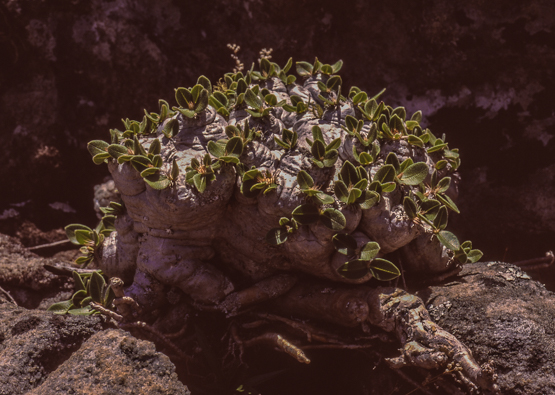

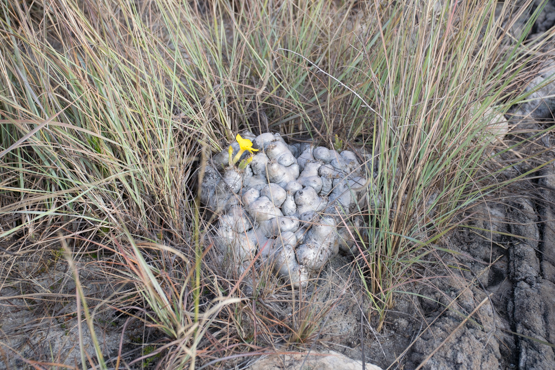

The first two pictures were taken on 6 Oct. 2011 and the third one on 12 July of the same year. Picture # 4 shows a plant in cultivation.


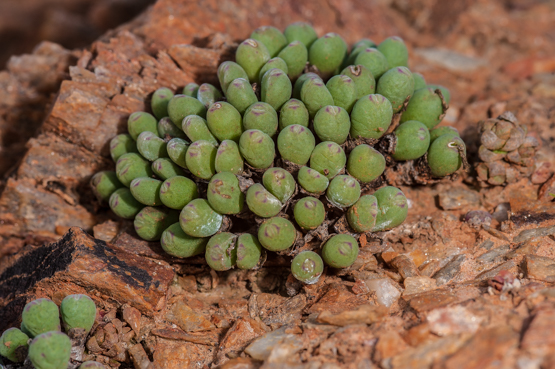
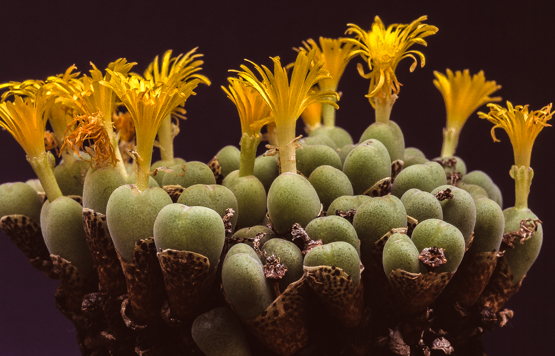

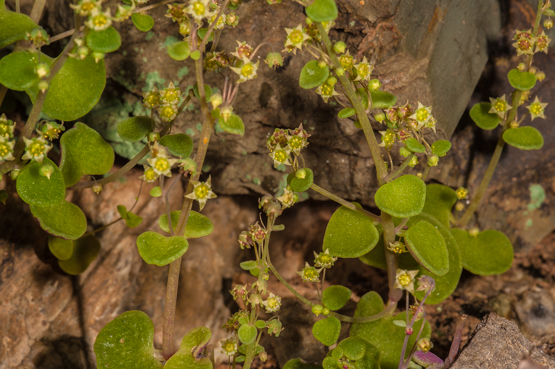

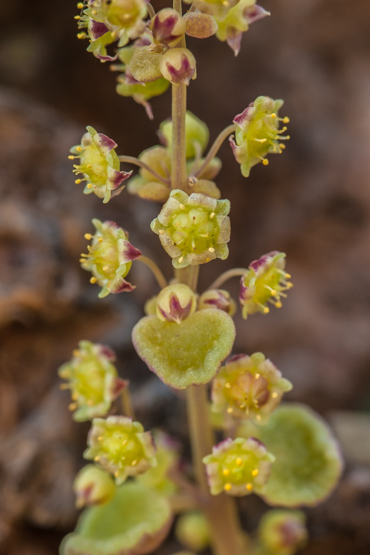
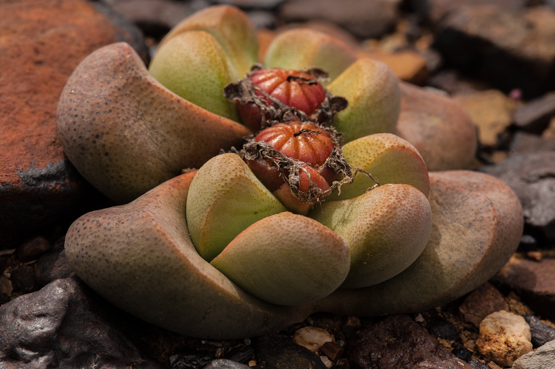
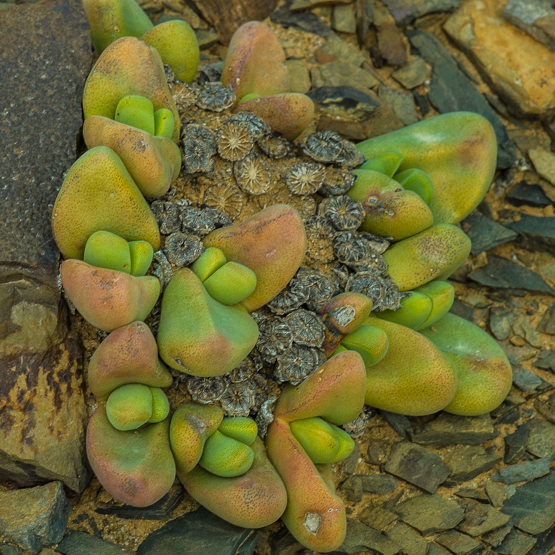
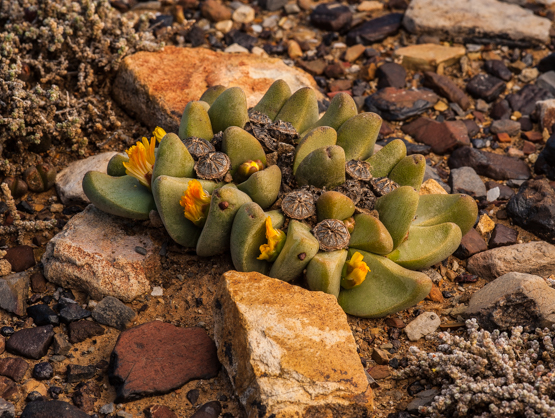

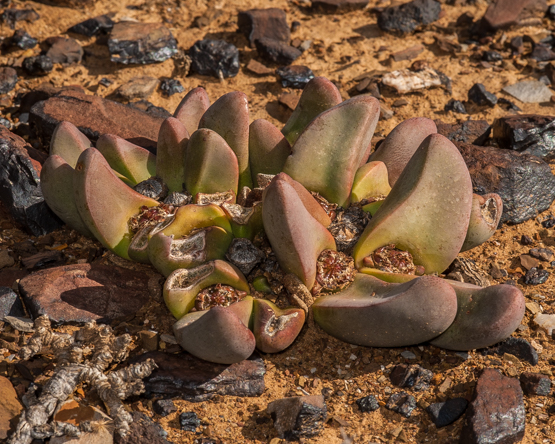
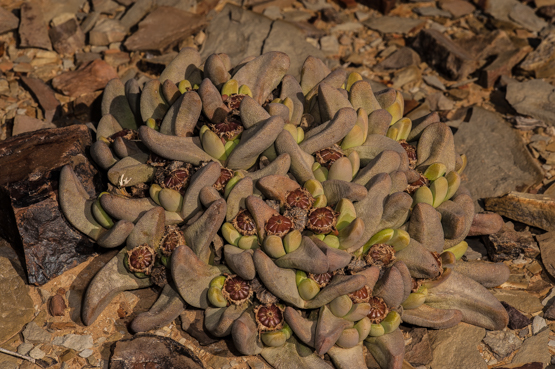
The following pictures were made a few days ago in the Zuurberg area in the Eastern Cape. The first three show the form which used to be known as Cr. rosularis.
All plants were growing in the same spot.
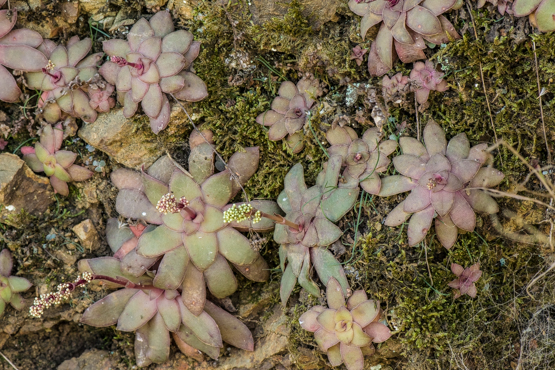


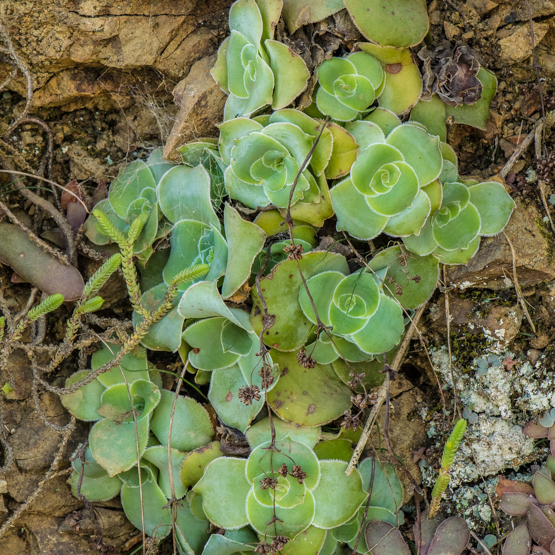

Compared to ssp. corallina, these plants look more sturdy, with leaves 4-5 mm long and wide. The leaves are also much whiter.
Another difference is that they have a tuberous main root up to 1.2 cm wide (macrorrhiza= with a big root).
This subspecies has a generally more northern distribution, from the Grunau-Warmbad area in Namibia to adjacent parts in South Africa, from Vioolsdrift to Kenhardt, usually on coarse sandy flats.
The flowers appear from October to January.
